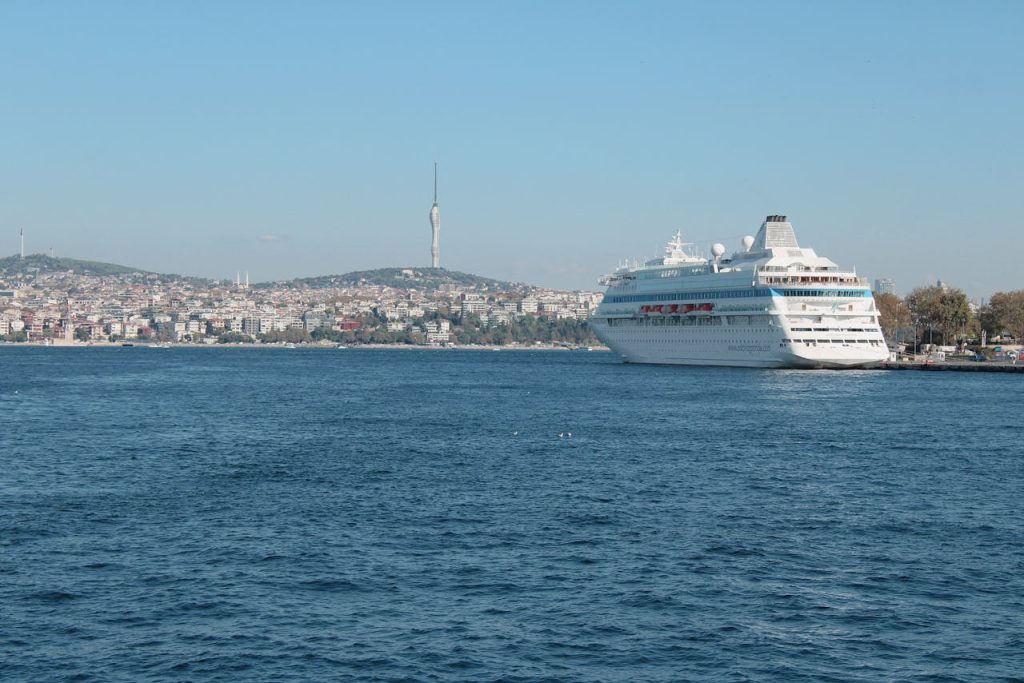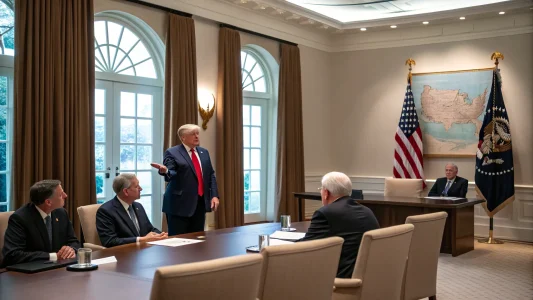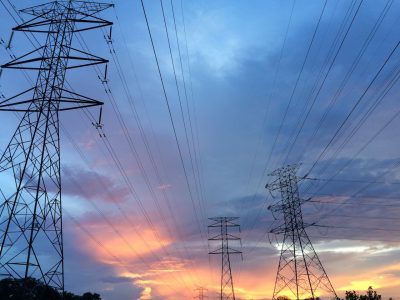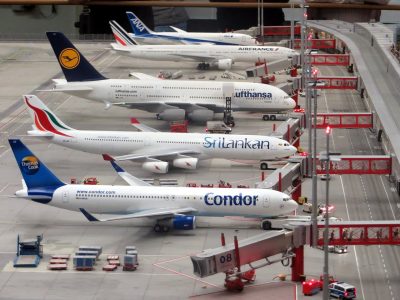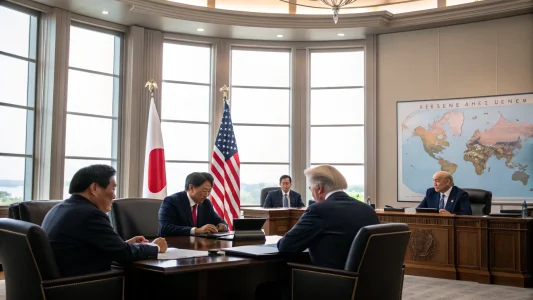In August, South Korean President Lee Jae Myung joined executives from the Korean parent company, Hanwha Group, at the Philadelphia shipyard to announce orders for 12 new ships and $5 billion in investments. Lee stated that the shipbuilding sector would provide young Americans with “growth, opportunity, dreams, and hope” and pledged to assist in the development of a skilled American workforce.
That objective is still far off. Hanwha Group will build its two largest ordered ships—liquefied natural gas carriers—almost entirely in South Korea. The technology and know-how to build vessels that size and complexity are currently lacking in the American yard. While building oceangoing ships domestically now costs four to five times as much as in China or South Korea, previous U.S. attempts to build LNG carriers have experienced delays and cost overruns.
South Korea to attempt to revitalize U.S. shipbuilding
Citing national security concerns, President Trump has advocated for the revival of American commercial shipbuilding. As part of a larger trade agreement, he and South Korea came to an agreement in August to invest billions in U.S. shipbuilding. According to Trump, “the U.S. shipbuilding abilities and maritime workforce have been weakened by decades of Government neglect.” To bolster the industry, the U.S. will implement new port fees this month on Chinese ships calling at American ports.
American shipyards employed over a million Americans during World War II, but production drastically decreased in the following decades. The majority of significant American shipyards today concentrate on constructing or repairing Navy ships. Because of the Jones Act of 1920, which mandates that ships transporting goods between U.S. ports be American-built, -owned, -insured, and -operated, those that continue to build commercial ships primarily serve domestic routes.
“Pure capital injections, even to the tune of billions of dollars, won’t be sufficient to provide the impetus for a sustainable renaissance in the U.S. shipbuilding industry,” stated Karatzas Marine Advisors CEO Basil Karatzas. A robust steel industry, a trained labor force, and cutting-edge design and engineering skills would be necessary for a real revival, he continued.
The two LNG carriers will be built by Hanwha at its shipyard in Geoje, South Korea. Hanwha paid $100 million for the Philadelphia yard last year, which will be responsible for monitoring adherence to U.S. safety and maritime regulations. The ships will deliver natural gas to Asia and Europe while flying the American flag. According to Ryan Lynch, chief executive of Hanwha Shipping, the Philly Shipyard will eventually play a bigger part in construction as technology and skills move to the United States.
Featured Image Credit: Neslihan A.; Pexels: Thank you!

